Iron is a mineral that helps carry oxygen around our blood. If you suffer from anaemia, are pregnant or you simply want an iron-rich diet, take a look at this ranking and find out which foods have the most iron and how you can include them in your diet.
Which foods are rich in iron?
Iron is present in a large variety of food such as legumes (soy, beans, chickpeas), dried fruits and nuts, (cashews, hazelnuts and sunflower seeds) and cereals (teff, amaranth and oats.) Include these foods rich in iron into your recipes and snacks for a diet rich in iron. However be aware of the recommended daily allowance and don’t abuse it. If you want to consume iron-rich foods for anaemia, you need to control what you eat.
In addition, consuming foods rich in iron without thinking about the calorific value isn’t recommended. Take a look at the food calorie calculator and create a balanced diet specific for you.
Finally, and if you are looking for a diet low in iron, you can use the following classification in reverse: simply look for the foods with the least values.
-
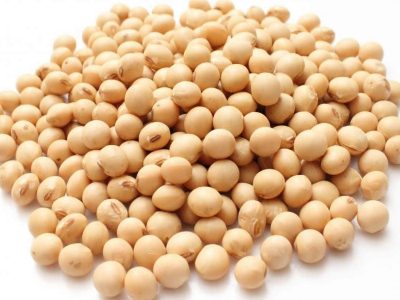 Soya bean
15.7 mg each 100gr.
29.20 mg per serving (186 g.)
Soya bean
15.7 mg each 100gr.
29.20 mg per serving (186 g.)
-
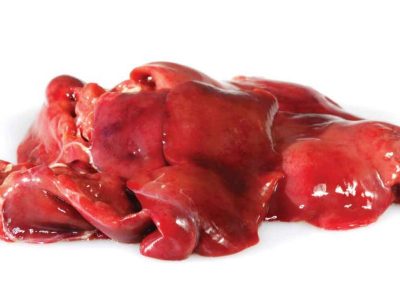 Chicken liver
8.99 mg each 100gr.
3.96 mg per serving (44 g.)
Chicken liver
8.99 mg each 100gr.
3.96 mg per serving (44 g.)
-
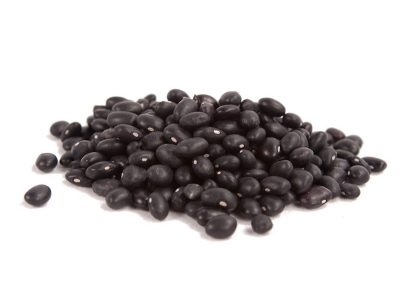 Black beans
8.7 mg each 100gr.
16.01 mg per serving (184 g.)
Black beans
8.7 mg each 100gr.
16.01 mg per serving (184 g.)
-
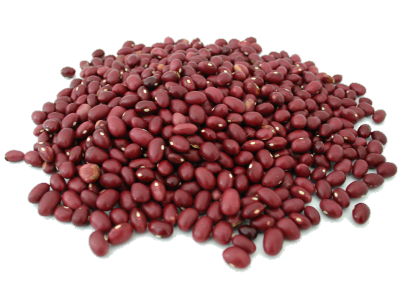 Red beans
8.2 mg each 100gr.
15.09 mg per serving (184 g.)
Red beans
8.2 mg each 100gr.
15.09 mg per serving (184 g.)
-
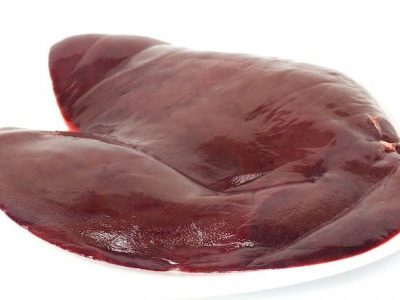 Beef liver
6.4 mg each 100gr.
1.81 mg per serving (28.35 g.)
Beef liver
6.4 mg each 100gr.
1.81 mg per serving (28.35 g.)
-
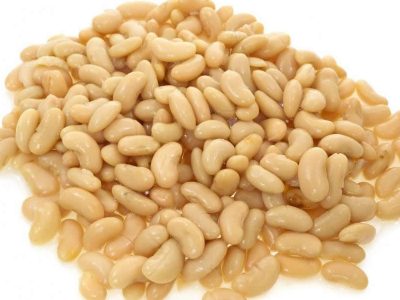 White beans
5.49 mg each 100gr.
11.42 mg per serving (208 g.)
White beans
5.49 mg each 100gr.
11.42 mg per serving (208 g.)
-
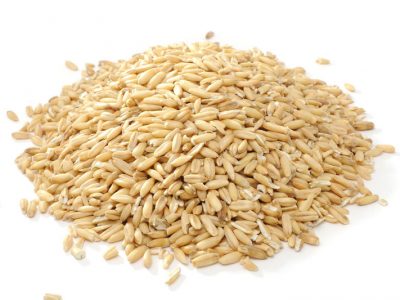 Oatmeal
5.41 mg each 100gr.
5.09 mg per serving (94 g.)
Oatmeal
5.41 mg each 100gr.
5.09 mg per serving (94 g.)
-
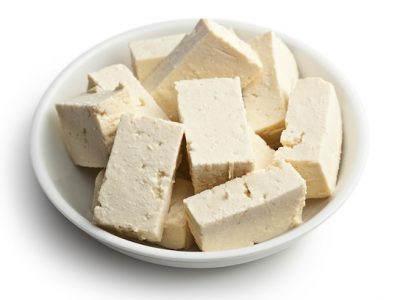 Tofu
5.36 mg each 100gr.
6.65 mg per serving (124 g.)
Tofu
5.36 mg each 100gr.
6.65 mg per serving (124 g.)
-
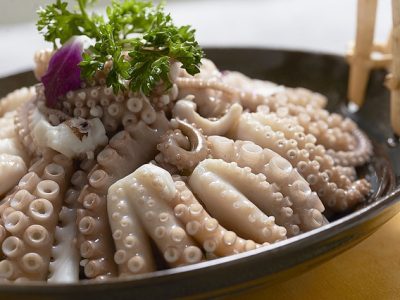 Octopus
5.3 mg each 100gr.
4.50 mg per serving (85 g.)
Octopus
5.3 mg each 100gr.
4.50 mg per serving (85 g.)
-
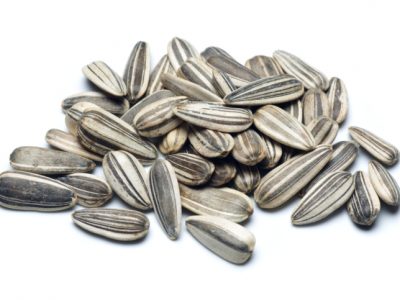 Sunflower seeds
5.25 mg each 100gr.
2.42 mg per serving (46 g.)
Sunflower seeds
5.25 mg each 100gr.
2.42 mg per serving (46 g.)
-
 Spotted beans
5.07 mg each 100gr.
9.79 mg per serving (193 g.)
Spotted beans
5.07 mg each 100gr.
9.79 mg per serving (193 g.)
-
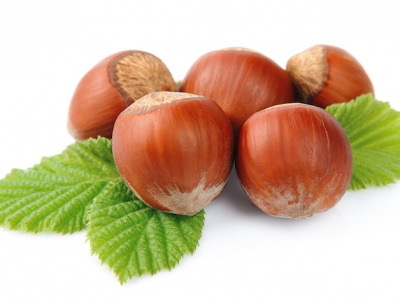 Hazelnuts
4.7 mg each 100gr.
5.40 mg per serving (115 g.)
Hazelnuts
4.7 mg each 100gr.
5.40 mg per serving (115 g.)
-
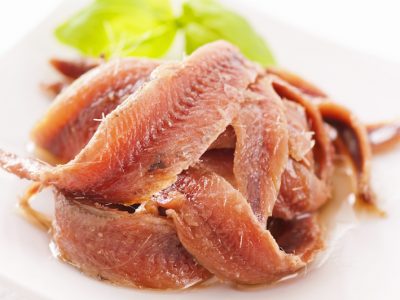 Anchovies
4.63 mg each 100gr.
1.31 mg per serving (28.35 g.)
Anchovies
4.63 mg each 100gr.
1.31 mg per serving (28.35 g.)
-
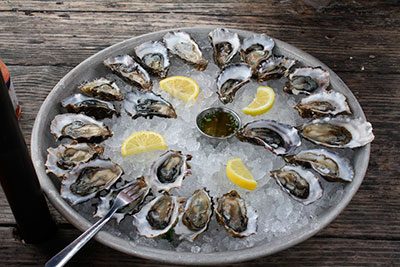 Oysters
4.61 mg each 100gr.
3.87 mg per serving (84 g.)
Oysters
4.61 mg each 100gr.
3.87 mg per serving (84 g.)
-
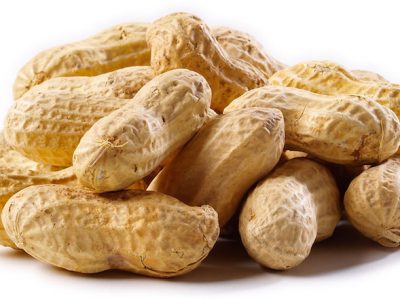 Peanuts
4.58 mg each 100gr.
1.30 mg per serving (28.35 g.)
Peanuts
4.58 mg each 100gr.
1.30 mg per serving (28.35 g.)
-
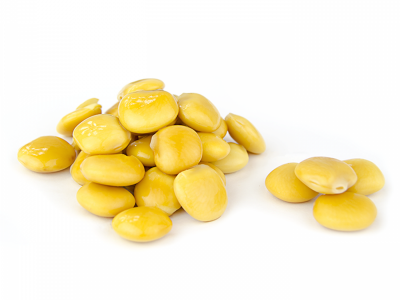 Lupin
4.36 mg each 100gr.
7.85 mg per serving (180 g.)
Lupin
4.36 mg each 100gr.
7.85 mg per serving (180 g.)
-
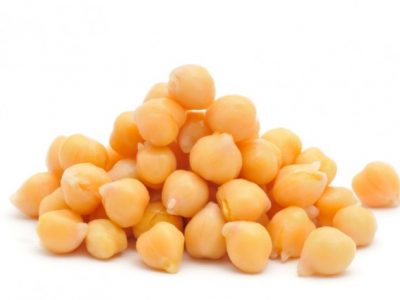 Chickpeas
4.31 mg each 100gr.
8.62 mg per serving (200 g.)
Chickpeas
4.31 mg each 100gr.
8.62 mg per serving (200 g.)
-
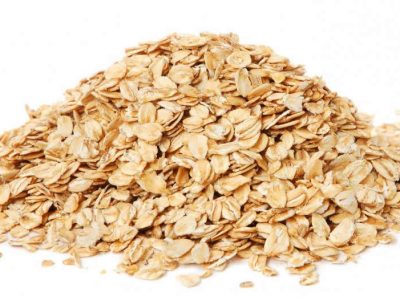 Oats
4.25 mg each 100gr.
3.44 mg per serving (81 g.)
Oats
4.25 mg each 100gr.
3.44 mg per serving (81 g.)
-
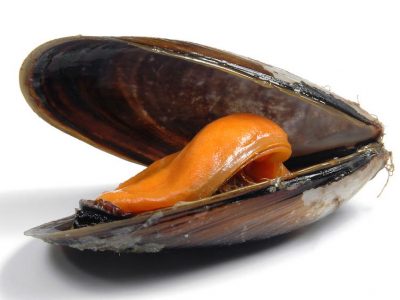 Mussels
3.95 mg each 100gr.
5.92 mg per serving (150 g.)
Mussels
3.95 mg each 100gr.
5.92 mg per serving (150 g.)
-
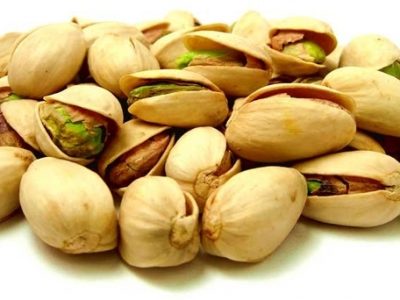 Pistachio nuts
3.92 mg each 100gr.
4.82 mg per serving (123 g.)
Pistachio nuts
3.92 mg each 100gr.
4.82 mg per serving (123 g.)
-
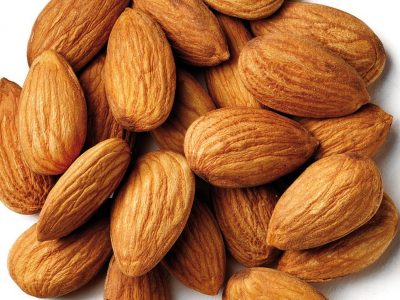 Almonds
3.71 mg each 100gr.
5.31 mg per serving (143 g.)
Almonds
3.71 mg each 100gr.
5.31 mg per serving (143 g.)
-
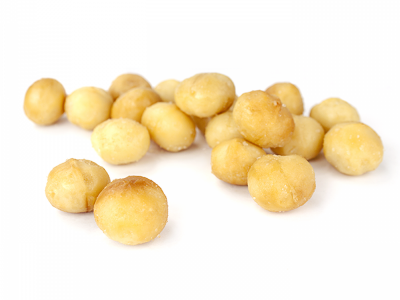 Macadamia nuts
3.69 mg each 100gr.
4.94 mg per serving (134 g.)
Macadamia nuts
3.69 mg each 100gr.
4.94 mg per serving (134 g.)
-
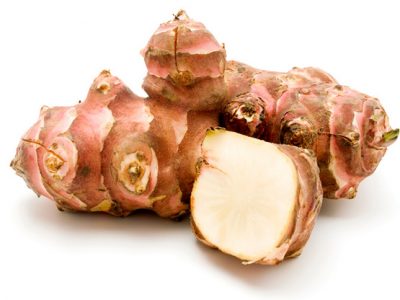 Topinambur
3.4 mg each 100gr.
5.10 mg per serving (150 g.)
Topinambur
3.4 mg each 100gr.
5.10 mg per serving (150 g.)
-
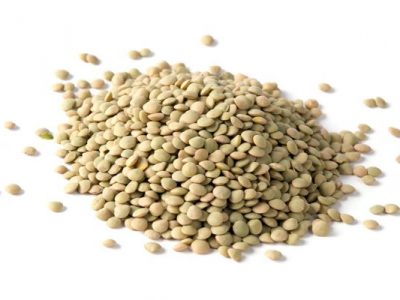 Lentils
3.33 mg each 100gr.
6.59 mg per serving (198 g.)
Lentils
3.33 mg each 100gr.
6.59 mg per serving (198 g.)
-
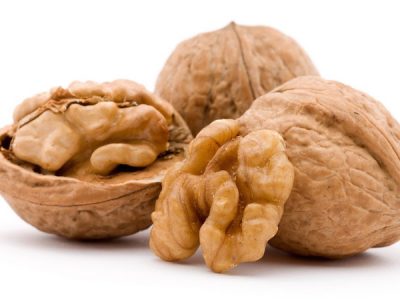 Walnuts
3.28 mg each 100gr.
4.76 mg per serving (145 g.)
Walnuts
3.28 mg each 100gr.
4.76 mg per serving (145 g.)

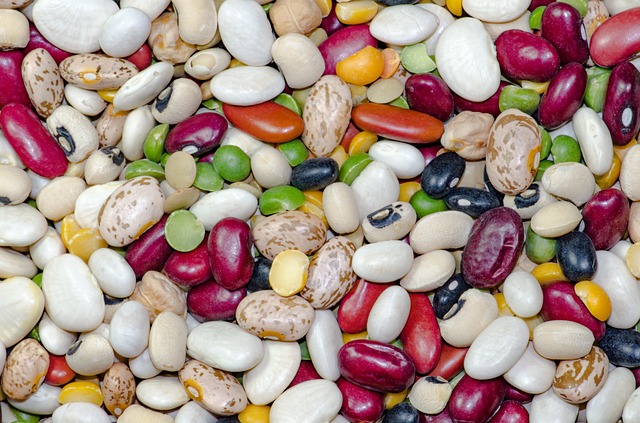

























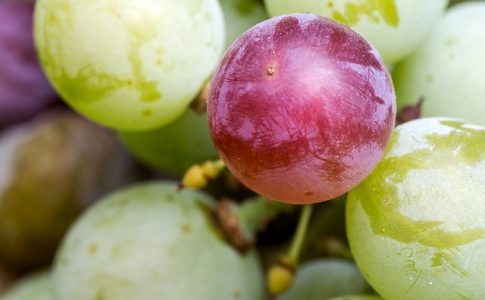
No comments